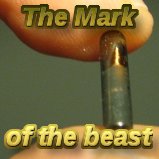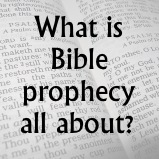| Planetary Society offers $50,000 to 'tag' asteroid |  |  |  |
| World |
| Written by Chris Perver |
| Wednesday, 13 December 2006 17:00 |
| The Planetary Society has offered a $50,000 prize for the best design to "tag" the Asteroid Apophis, which is due to pass close by earth in 2029. The aim is to enable the asteroid to be tracked across the sky, which will allow astronomers to predict a more accurate orbit. The asteroid Apophis is 400m in diameter, and will pass within a few thousand miles of earth. More accurate information on the asteroid's orbit will enable governments to decide whether action needs to be taken before its next approach in 2036. Quote: ""While the odds are very slim that this particular asteroid will hit Earth in 30 years, they are not zero, and Apophis and other NEOs represent threats that need to be addressed," said Rusty Schweickart, Apollo astronaut, head of the Association for Space Explorers NEO committee. Bruce Betts, The Planetary Society's Director of Projects said, "With this competition, we hope not only to generate creative thinking about tagging Apophis, but also to stimulate greater awareness of the broader near-Earth object threat." The book of Revelation seems to indicate the Mediterranean sea will be hit by an asteroid strike during the tribulation period, that will destroy a third part of shipping and sea life. It has been said that even if we knew exactly when an asteroid was to strike the earth, aside from evacuating probable impact zones, there is currently little we could do to prevent it. Several asteroids passed within close proximity to the earth a few years ago, one passing between the earth and the moon. The public was only informed about the near miss a few days after the event. Revelation 8:8-9 |
|
|
|
|
|
|




